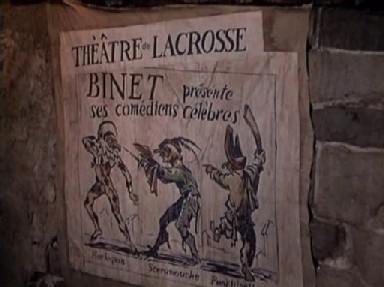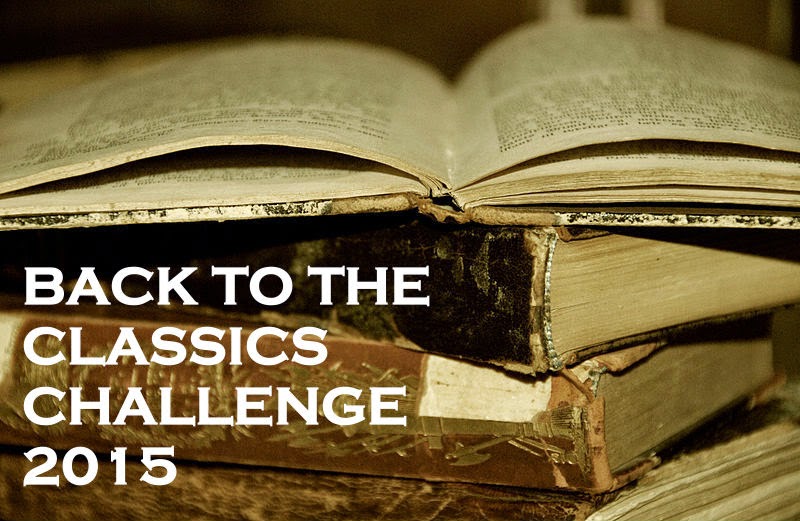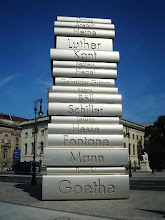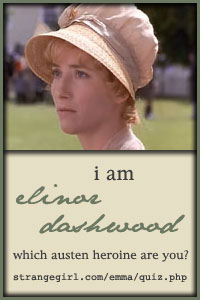“He was born with a gift of laughter and a sense that the world was mad.”
Italian/British author Rafael Sabatini did not come by success as a writer easily. For almost of a quarter of a century he wrote short stories and novels that garnered little fame. But in 1921, his story of a brash, young man bent on revenge in the stormy period just before the French Revolution catapulted him to instant fame. He became an international best-seller and would maintain a steady popularity in the decades that followed.
The Plot:
Andre-Louis Moreau is a young man of uncertain origin. He lives with his godfather, a minor noble, who has had him educated as a lawyer and refuses to reveal his true parentage. Though Andre-Louis is himself a cynic and not interested in revolutionary politics, he is still friends with many young men who seek to change the world they live in. When one of them, the idealistic Phillipe de Vilmorin, denounces the Marquis de la Tour d'Azyr for unfair treatment of peasant, the Marquis draws the young man into a duel and then kills him (knowing all along that Phillipe did not have any sword skills). Andre-Louis is brokenhearted and swears that he will avenge Phillipe by using his own talents to further the revolutionary cause.
After whipping up political crowds in two local cities, Andre-Louis finds himself on the wrong side of the law. He ends up hiding in plain sight, first with a small group of actors (where he takes on the role of the roguish buffoon, Scaramouche) and then as a sword master in Paris. All the while, he harbors his hatred for the Marquis de la Tour d'Azyr and vows to obtain the ultimate revenge on him. But when the secret of his life is finally revealed, will Andre-Louis change his mind?
My Review (Caution - Spoilers):
Except for maybe Robert Louis Stevenson, there is no one who writes a swashbuckling adventure novel like Rafael Sabatini. I absolutely loved his novel Captain Blood and was eager to read this earlier novel that is set in the tumultuous period of the French Revolution.
There are quite a few similarities between Scaramouche and Sabatini's later novel. In Andre-Louis, we have a man who in uniterested in the political turmoil until a grave injustice forces him to take sides. He is a very talented man who throws himself passionately into whatever he finds himself doing in the moment. When he joins the acting company, he soon takes charge and takes them to new heights in their profession. When he becomes apprentice to a sword master, it isn't long until he becomes the teacher's equal in proficiency. And yet, for all of his passion there is a bitterness and cynicism that continues to lurk deep inside. This is also another wonderful example of Sabatini's talent in writing historical fiction. Many real historical people are mentioned or make an appearance and Sabatini expertly crafts a story that falls into directly into place with historical fact.
But as many similarities as there were between Scaramouche and my first Sabatini novel, it didn't fully measure up to Captain Blood. That novel was one rollicking adventure after another, with many humorous moments and edge of your seat feelings. This one had a slower pace and did not offer as many unforgettable moments. I also didn't warm up to Andre-Louis as much as I did Peter Blood. His sarcasm and wit had a much harsher and more cynical tone, and his romance with Aline didn't seem as developed s that between Peter & Arabella. Having said that, I might have enjoyed Scaramouche more if I had read it first and was not constantly comparing it to the other story.
No matter my personal preference, Scaramouche proves that Sabatini is a master both of swashbucklers and historical fiction. If you ever find yourself in need of a story with characters you can root for, plots that will keep you on the edge of your seat, and brushes with some of history's gretest moments, then you could do worse than to pull a Sabatini novel off the shelf. I will definitely be reading more of his works.
The Movie:
There are two movie versions of this book. One is a 1923 silent version starring Ramon Novarro. The other is a 1952 remake starring Stewart Granger, Elanor Parker, Janet Leigh, and Mel Ferrer. I have not seen this version yet, but it is on my "to-watch" list.

















No comments:
Post a Comment